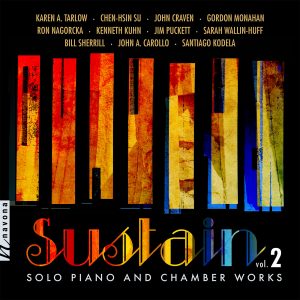Sustain Vol. 3
Jacob E. Goodman composer
John A. Carollo composer
Hayg Boyadjian composer
Bruce Babcock composer
Sydney Hodkinson composer
Navona Records presents SUSTAIN VOL. 3, an exploration of the capabilities of piano and organ highlighting the varied compositional approaches of today’s composers. Influenced by the classical canon and moving in new directions, the latest edition in the SUSTAIN series pays homage to the classical composers of yesterday, while thoughtfully expressing modern personalities and ideals in a dynamic presentation of new piano repertoire. From the suspenseful passages of Sydney Hodkinson’s Organmusic, to the turbulent times reflected in Bruce Babcock’s Alternative Facts, and Hayg Boyadjian’s delicate variations on Bach, SUSTAIN once again gives it all, and everything in between.
Listen
Stream/Buy
Choose your platform
Track Listing & Credits
| # | Title | Composer | Performer | |
|---|---|---|---|---|
| 01 | Ten Variations on Fragments of a Mussorgsky Theme | Jacob E. Goodman | Lucie Kaucká, piano | 10:54 |
| 02 | Piano Etude No. 3: The Ruptured Disc | John A. Carollo | Lucie Kaucká, piano | 3:35 |
| 03 | Piano Etude No. 8: No One Has An Idea | John A. Carollo | Lucie Kaucká, piano | 4:56 |
| 04 | Piano Etude No. 10: Purposelessness | John A. Carollo | Lucie Kaucká, piano | 4:44 |
| 05 | Variations on a Theme by Bach | Hayg Boyadjian | Armen-Levon Manaseryan, piano | 24:51 |
| 06 | Alternative Facts | Bruce Babcock | James Walker, organ | 7:41 |
| 07 | Organmusic from A Keyboard Odyssey: I. Introit | Sydney Hodkinson | Boyd Jones, organ | 3:21 |
| 08 | Organmusic from A Keyboard Odyssey: II. Swing Shift | Sydney Hodkinson | Boyd Jones, organ | 3:32 |
| 09 | Organmusic from A Keyboard Odyssey: III. Signals and Response | Sydney Hodkinson | Boyd Jones, organ | 5:28 |
| 10 | Organmusic from A Keyboard Odyssey: IV. Zephyrs | Sydney Hodkinson | Boyd Jones, organ | 1:50 |
| 11 | Organmusic from A Keyboard Odyssey: V. Vesper | Sydney Hodkinson | Boyd Jones, organ | 3:52 |
| 12 | Organmusic from A Keyboard Odyssey: VI. Toccata | Sydney Hodkinson | Boyd Jones, organ | 3:58 |
Ten Variations on Fragments of a Mussorgsky Theme
Recorded November 10th, 2021 at Orlí Street Theater Recording Studio in Brno, Czech Republic
Editing, Mixing & Producer Jan Košulič
Piano Etude No. 3
Recorded January 7, 2022 at Reduta Hall in Olomouc, Czech Republic
Editing, Mixing, Producer & Engineer Jan Košulič
Production Director Levi Brown
Production Assistant Martina Watzková
Piano Etude No. 8
Recorded November 23, 2021 at Reduta Hall in Olomouc, Czech Republic
Producer Richard Mlynář
Engineer Aleš Dvořák
Production Director Levi Brown
Production Assistant Martina Watzková
Editing & Mixing Melanie Montgomery
Piano Etude No. 10
Recorded March 7, 2022 at Reduta Hall in Olomouc, Czech Republic
Editing, Mixing & Producer Jan Košulič
Engineer Aleš Dvořák
Production Director Levi Brown
Production Assistant Martina Watzková
Variations on a Theme by Bach
Steinway and Sons D. Grand Piano
Recorded October 30, 2021 in Münster, Germany
Engineer Peter Hertmans
Mastering Arthur Khachatryan
Artistic Director of Recording Heribert Koch
Alternative Facts For Organ
Recorded June 17, 2021 at St. Cross Episcopal Church in Hermosa Beach CA
Producer & Engineer Ed Johnson
Organmusic
Previously released on A Keyboard Odyssey (NV5961)
Recorded 1961 at Lee Chapel, Stetson University in DeLand FL
Engineer Rudolf Von Beckerath
Executive Producer Bob Lord
A&R Director Brandon MacNeil
A&R Chris Robinson, Danielle Sullivan
VP of Production Jan Košulič
Audio Director Lucas Paquette
Mastering Melanie Montgomery
VP, Design & Marketing Brett Picknell
Art Director Ryan Harrison
Design Edward A. Fleming, Morgan Hauber
Publicity Patrick Niland, Brett Iannucci
Artist Information
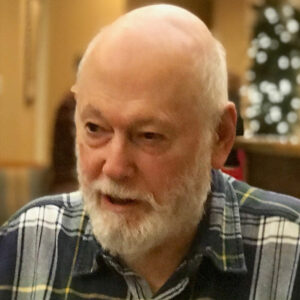
Jacob E. Goodman
Jacob E. Goodman (November 15, 1933 – October 10, 2021), founder of the New York Composers Circle in 2002, was Professor Emeritus of Mathematics at the City College of New York. He studied musical composition with, among others, Ezra Laderman and David Del Tredici. His works have been performed in Delaware, Nebraska, Toronto, Buenos Aires, and Tokyo, and various venues in both New York City and the Bay Area of California. Recent compositions include a set of variations for piano trio; three song cycles; a set of variations for orchestra on a Beethoven theme; a quintet for flute, piano, and strings; a set of intermezzi for piano; a prelude for saxophone and piano; two sets of variations for piano; a duo for cello and piano; a string quartet; and three bagatelles for piano; as well as the score for the documentary film Meet Me at the Canoe, produced for the American Museum of Natural History by his daughter Naomi Goodman-Broom.
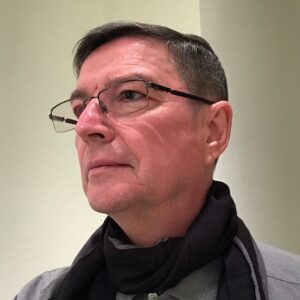
John A. Carollo
John A. Carollo was born in Torino, Italy and brought to the United States by his adoptive parents. When he was in grade school, he studied classical piano and sang in the church choir. While attending college in San Diego CA, he studied music and psychology. During this time, Carollo took piano lessons and began composing his first piano works. He graduated from San Diego State University being granted a master’s degree in clinical psychology.
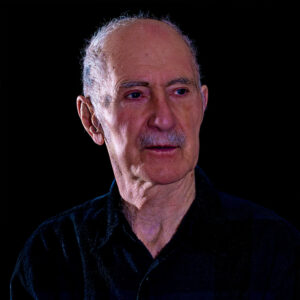
Hayg Boyadjian
GRAMMY-nominated composer Hayg Boyadjian was born in 1938 in Paris, France. At an early age he immigrated with his family to Buenos Aires, Argentina, where he started his musical studies at the Liszt Conservatory. In 1958 he immigrated to the United States, and presently lives in Lexington MA. He continued his musical studies as a special student first at the New England Conservatory and later at Brandeis University. Among his teachers were Beatriz Balzi (student of Alberto Ginastera, with whom Boyadjian had several consulting meetings), Seymour Shifrin, Alvin Lucier, and Edward Cohen.
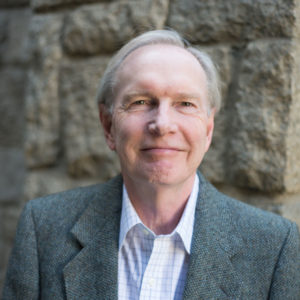
Bruce Babcock
Applauded by Aaron Copland, inspired by Desmond Tutu, and mentored by Hugo Friedhofer and Earle Hagen, Bruce Babcock has spent his working life composing music for the musicians of Los Angeles. Successful in both film and television, and the concert hall, he is known for vibrant, sonorous, expressive pieces that immerse audience and performers alike in an inclusive and exuberant celebration of the musical art.
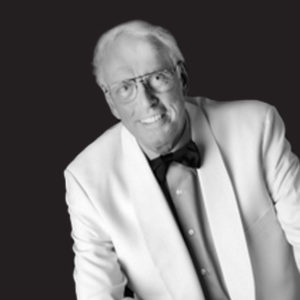
Sydney Hodkinson
Born in Winnipeg, Canada, Sydney Hodkinson (January 17, 1934 – January 10, 2021) led an impressive career in conducting, composition, and music education, having received a bachelor’s and master’s of music from the Eastman School of Music, and a doctorate of musical arts from the University of Michigan in 1968.
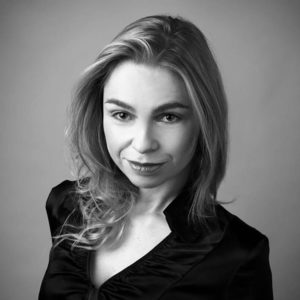
Lucie Kaucká
The pianist Lucie Kaucká was born on March 31, 1978 in Kraslice near Karlovy Vary, where she began studying music at the age of seven. She continued her piano studies at the Conservatory of Teplice and the Conservatory of Pardubice with Martin Hröel. After graduation from Pardubice she concentrated on the study of musicology at the Palacky University in Olomouc and finished successfully there in 2003.
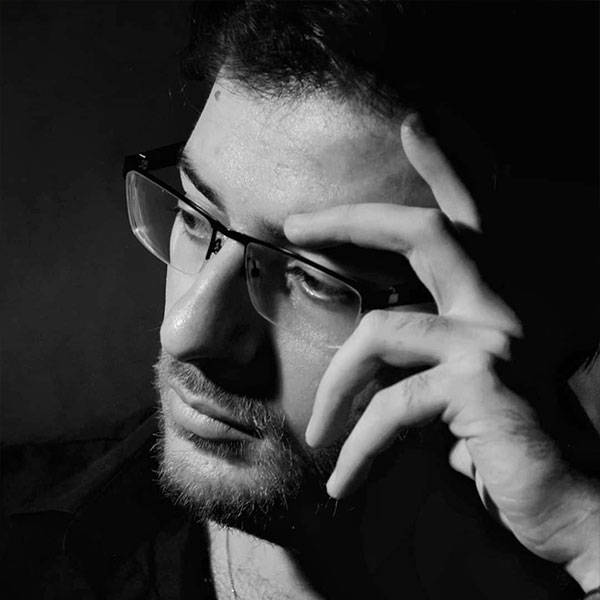
Armen-Levon Manaseryan
Armen-Levon Manaseryan was born in Yerevan into a family of musicians. His musical talent was evident from an early age. He studied Piano Performance at Komitas State Conservatory in Armenia with Professor Sergey Saradjian. Then continued his education at the Royal Conservatory of Liège in Belgium with Professors Etienne Rappe and François Thiry. After Belgium, he continued at the Musikhochschule Münster in Germany with Professor Heribert Koch.
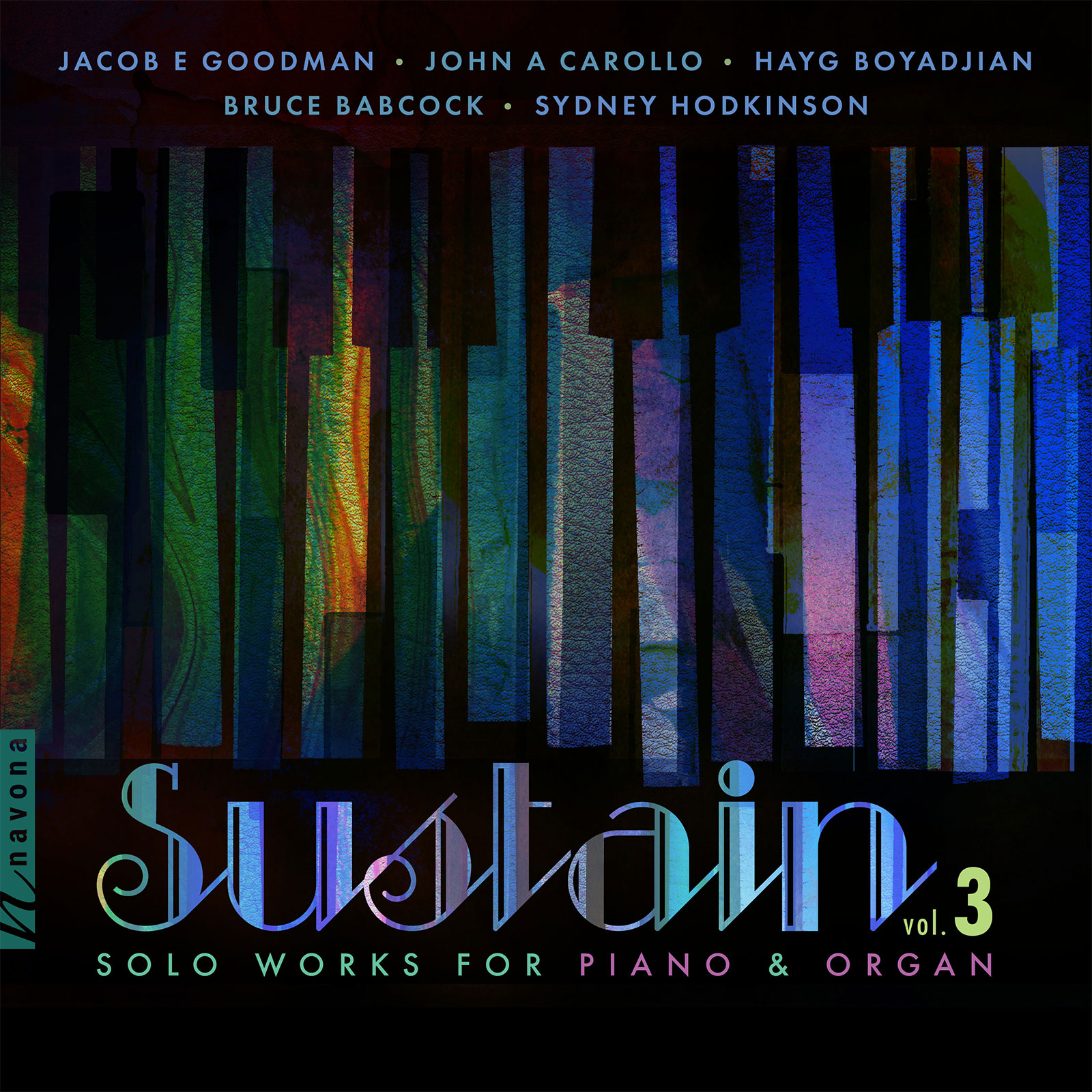
 It was with great trepidation that I contemplated writing a set of variations for piano on a theme by Bach. The part that came easy was the choice of the theme, which in my set of variations comes only at the end of the composition. I planned to follow in the footsteps of Bach as to the structure of the variations and also in keeping the harmonic language to a great degree in the realm of traditional harmonies with modern harmonies used very sparingly so that the composition makes an almost direction towards the music of Bach. It is — in my musical output — a piece that stands completely outside of my normal harmonic language. There is a very close resemblance to the music of Bach but infused with elements of modern musical language. Even these infusions are kept at a minimum so as to keep the general tendency of the work connected to the music of Bach.
It was with great trepidation that I contemplated writing a set of variations for piano on a theme by Bach. The part that came easy was the choice of the theme, which in my set of variations comes only at the end of the composition. I planned to follow in the footsteps of Bach as to the structure of the variations and also in keeping the harmonic language to a great degree in the realm of traditional harmonies with modern harmonies used very sparingly so that the composition makes an almost direction towards the music of Bach. It is — in my musical output — a piece that stands completely outside of my normal harmonic language. There is a very close resemblance to the music of Bach but infused with elements of modern musical language. Even these infusions are kept at a minimum so as to keep the general tendency of the work connected to the music of Bach.
